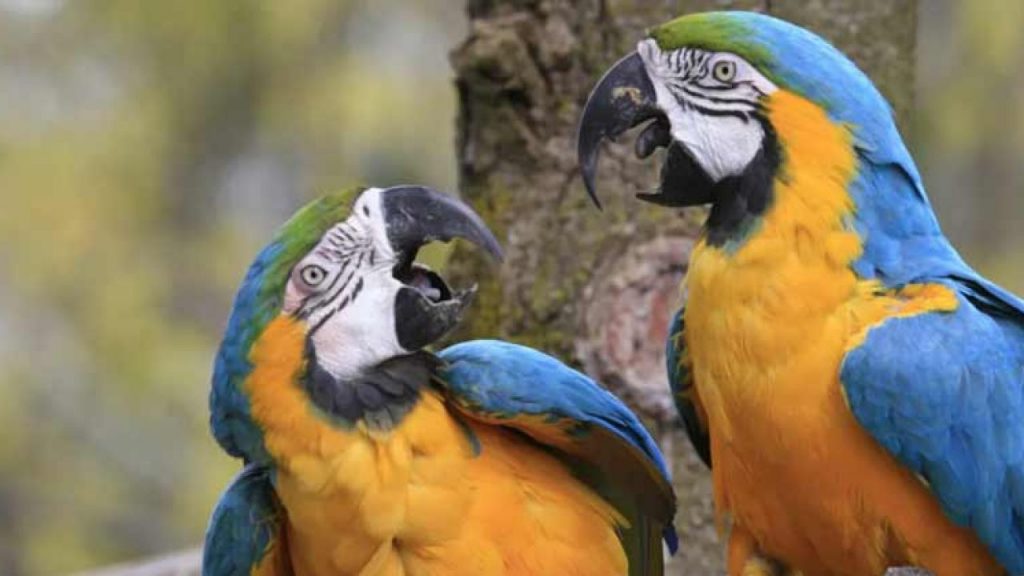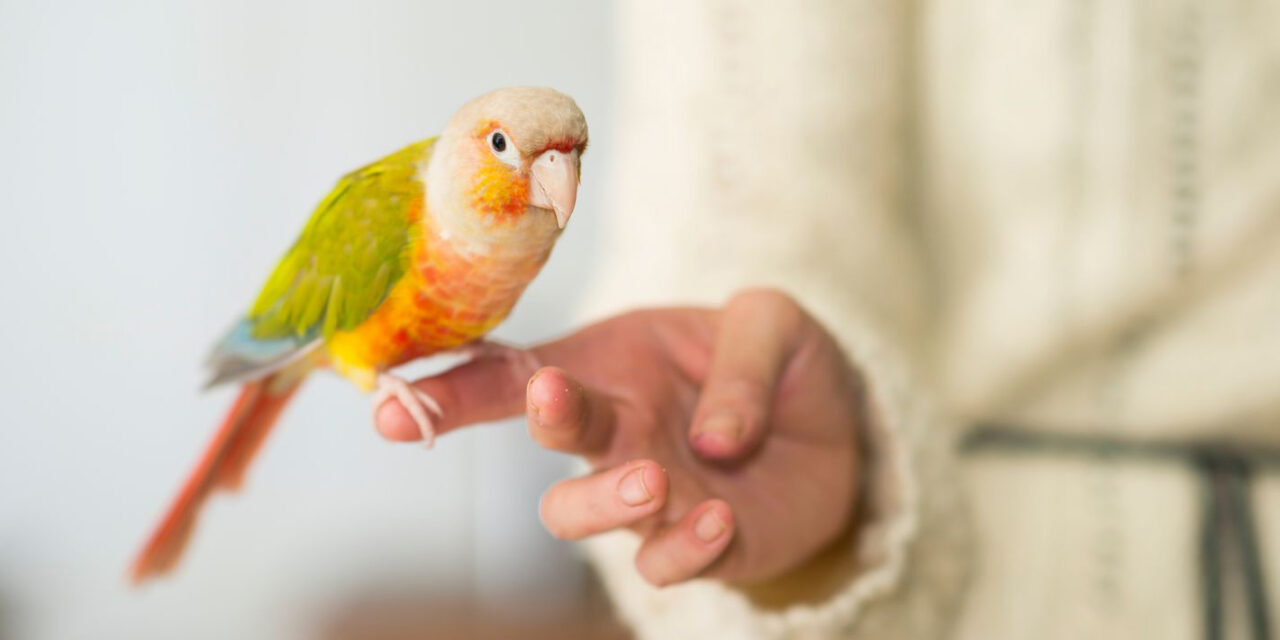Do you want your pirate to be able to say “Piaaaastryyy!” and tell jokes to amazed guests? This is quite real, although you will have to work hard for this.
Birds, like people, learn languages more easily in childhood, so start working with small two or three month old chicks. However, there are times when adult birds begin to talk – this happens to people too.

The main secret: the parrot must trust his teacher, so first you have to make friends with your pet and tame it. What does it mean to “tame a parrot”? A tamed bird does not worry and does not panic in the presence of a person whom she considers her master, she calmly sits on his arm or shoulder, trustingly eats food from his hands. Conduct lessons in a calm environment so that nothing distracts or disturbs your student. Extraneous sounds (TV sound, radio, musical instruments, other animals) can interfere.

Exercise regularly, several times a day. In this case, parrots are like people: the main thing is systematic! Before morning feeding, talk to your pet for 10-20 minutes, repeat the same conversation in the evening, and during the day devote about half an hour of your time and your words to it.
How to start training a parrot? It is desirable from the simplest words, and it is better if they contain the vowels “a” and “o”, the consonants “t”, “r”, “k” and “p”, as well as hissing “h” and “sh”: they are best suited to parrots. By the way, it is preferable to use the same letters in the name of the parrot. When adding new words to the bird’s vocabulary, do not forget to remind him of those already learned. Even you have to take lecture notes, but the parrot keeps everything in his motley head.

During training, it is strictly forbidden to yell at a student, insult him or raise his tone. Parrots, having tuned in to study, catch the emotional coloring of words and remember it, so watch your speech. Do not use swear words, so as not to blush in front of the guests.

It is interesting that if a man and a woman teach a parrot, then he will rather speak, imitating a woman. This has nothing to do with gender preferences, it’s just easier for birds to reproduce voices with a high timbre.
Keep in mind that most birds are incapable of meaningful communication using learned phrases, so don’t count on being able to have intimate conversations with your feathered pet. The parrot will simply repeat the memorized words, not understanding their meaning, reproducing only sounds and intonations, out of place. You can develop a conditioned reflex in a bird and teach it to pronounce certain phrases at the right time. For example, each time you let your parrot fly, say clearly and loudly: “Free!” and give the bird a treat. Over time, she will associate this word with the ability to fly.

Be prepared for the fact that teaching a parrot to talk is a long, leisurely process. You will need patience, perseverance and, of course, love for your pet.
